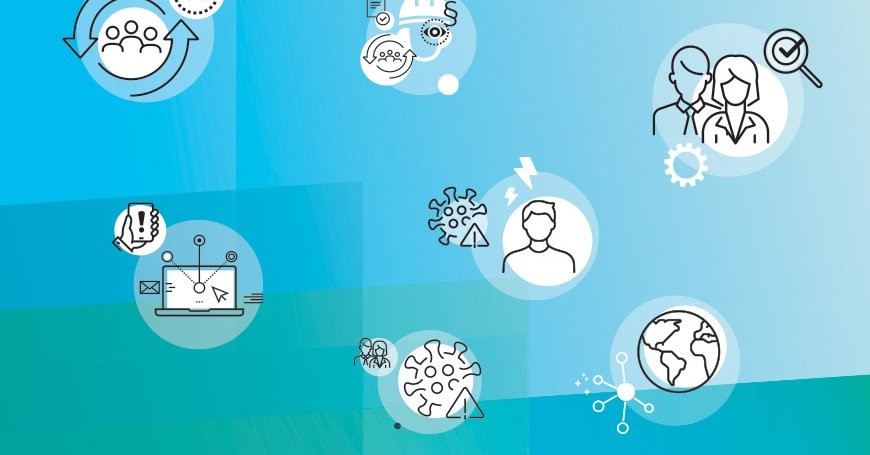Top 8 Trends in Health and Safety for 2025
As we move into 2025, the landscape of health and safety continues to evolve, cutting edge technological advancements and changing workplace dynamics call for a brave new world of safety. Staying in the know of these trends is important for businesses to ensure a safe and compliant work environment. Here are the top trends in health and safety for 2025, backed by data and our expert opinions.
1. Wearable Devices
Wearable technology is revolutionising workplace safety. These devices, integrated into personal protective equipment (PPE), monitor workers’ health and environmental conditions in real-time. For instance, smart helmets and vests can detect fatigue, exposure to harmful substances, and even falls, sending immediate alerts to supervisors. This proactive approach helps prevent accidents before they occur, enhancing overall workplace safety with an extra helping hand.
2. Artificial Intelligence (AI) and Predictive Analytics
AI and predictive analytics are becoming increasingly used tools in health and safety management. By analysing vast amounts of data, AI can predict potential hazards and suggest preventive measures. This technology is particularly useful in high-risk industries like construction and manufacturing, where it can foresee equipment failures or unsafe practices. Implementing AI-driven safety protocols has shown to significantly reduce workplace accidents and improve compliance with safety regulations.
3. Immersive Training Technologies
Virtual reality (VR) and augmented reality (AR) are transforming safety training. These immersive technologies provide realistic simulations of hazardous scenarios, allowing employees to practice their responses in a safe environment. This hands-on experience is more effective than traditional training methods, leading to better retention of safety procedures and quicker response times in real emergencies.
4. Enhanced Safety Reporting Software
Digital safety reporting tools are streamlining the way incidents are reported and managed. These platforms offer real-time data collection, automated reporting, and comprehensive analytics, making it easier for businesses to track safety metrics and identify trends. This transparency not only improves compliance but also fosters a culture of continuous improvement in workplace safety.
5. Drones and Robotics
Drones and robotics are increasingly being used to perform dangerous tasks, reducing the risk to human workers. Drones can inspect hard-to-reach areas, such as high structures or confined spaces, while robots can handle hazardous materials or operate in extreme conditions. This technology not only enhances safety in an incredible new way, but can also increase the efficiency and accuracy of operations.
6. Focus on Mental Health
The importance of mental health in the workplace is gaining more and more recognition. Employers are now more aware of the impact of stress, anxiety, and other mental health issues on employee safety and productivity. Initiatives such as mental health training, employee assistance programs, and stress management workshops are becoming standard practices. Addressing mental health helps to create a truly authentic supportive work environment and reduces the risk of accidents caused by stress-related distractions.
7. Integration of Health and Safety with ESG Goals
Environmental, Social, and Governance (ESG) criteria are increasingly influencing corporate strategies, including health and safety practices. Companies are integrating health and safety metrics into their ESG reporting, demonstrating their commitment to sustainable and ethical practices. This integration not only enhances the reputation of an institution amongst its partners but can also attract potential investors and customers who want to prioritise sustainability.
8. Regulatory Changes and Compliance
Staying updated with regulatory changes is essential for maintaining compliance and avoiding penalties. In 2025, we expect to see more stringent regulations focused on emerging risks, such as those associated with new technologies and remote work. Businesses need to stay informed and adapt their safety protocols accordingly to ensure compliance and protect their workforce.
Impact on Businesses
These trends are reshaping the health and safety landscape, offering both challenges and opportunities for businesses. By adopting these innovations, companies can enhance their safety protocols, reduce workplace accidents, and improve overall employee well-being but staying ahead of these trends requires a proactive approach. They wont be for everyone, but in those industries that make use of these new breakthroughs in health and safety technology, there's no doubt that people will be working safer and easier going into 2025.
Source: Ouch Learning and Development



